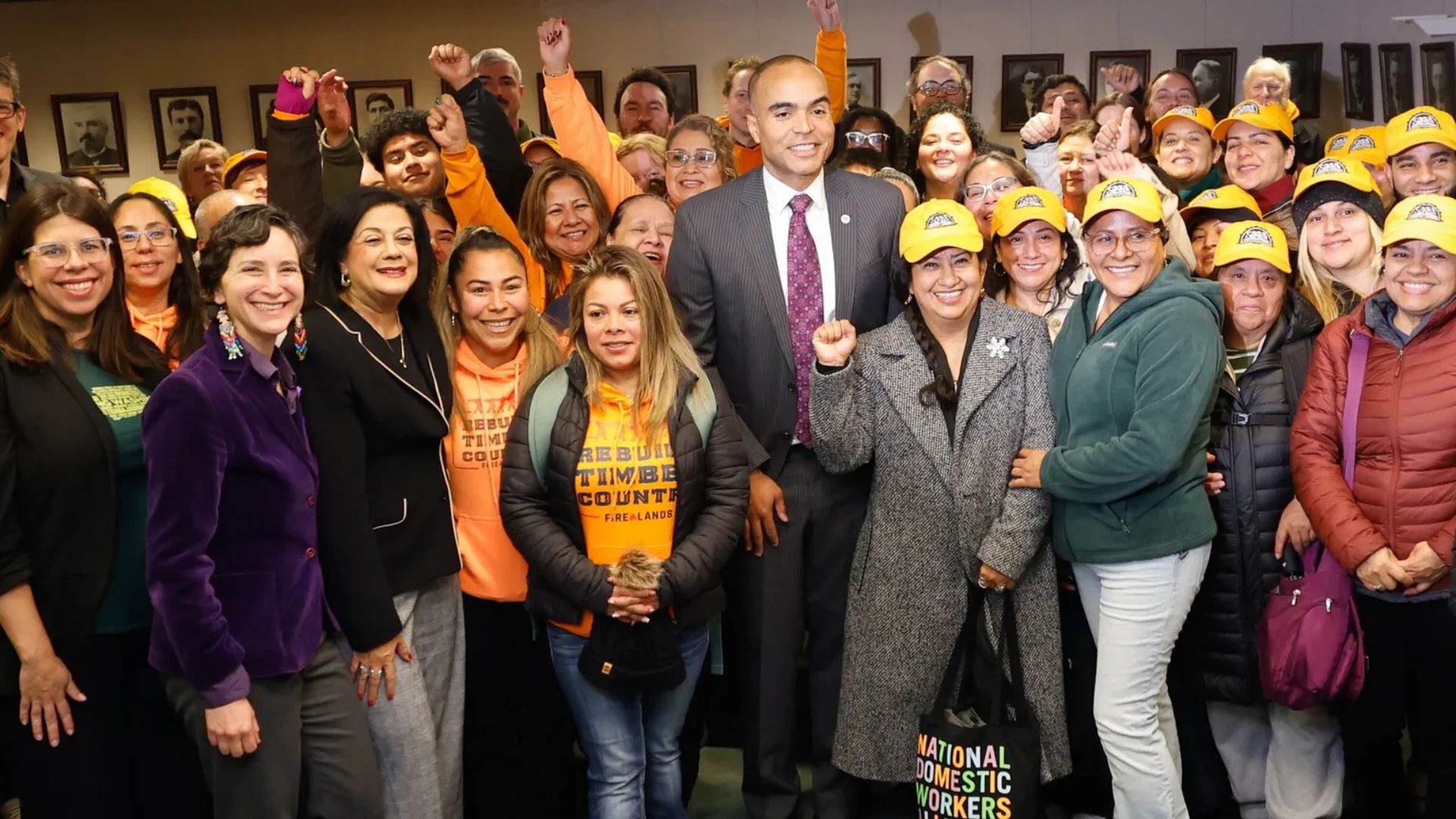
Washington state has a high share of remote workers, especially in the Seattle metro area, home to many tech and web service companies, according to data from the state Employment Security Department (ESD) and the Census Pulse survey, which measure how many workers work from home at least day a week.
The ESD report shows that remote work increased from 6.3% of the state’s workforce in 2019 to 24.2% in 2021, while the national averages were 5.7% and 17.9%, respectively. The Census Pulse survey reveals that more than one in three Washingtonians were on a hybrid or fully-virtual work schedule in late July and early August 2021, compared to just over one in four nationally.
Remote work is not evenly distributed among different groups of workers, according to the ESD report and the Census Pulse survey. Here are some of the factors that affect remote work:
- Industry. Workers in office-based industries, such as software, streaming, web services and corporate offices, are more likely to work from home than workers in other industries, including retail, hospitality, and health care;
- Education. Workers with a bachelor’s degree or higher are more likely to work from home than workers with less education;
- Income. Workers with household incomes of $150,000 or higher are more likely to work from home than lower-income workers;
- Race and ethnicity. Asian American workers are the most likely to work from home among all racial and ethnic groups, while Hispanic and Black workers are the least likely;
- Gender. Men are more likely to work from home than women, reversing the pre-pandemic trend;
- Age. Millennials (ages 25 to 39) are the age group most likely to work from home; and
- Family status. Workers with children are more likely to work from home than workers without children.
Remote work has contributed to the slow recovery of Seattle’s downtown, which depends on office workers for its vitality and economic activity. This slow downtown recovered has hurt many small businesses, including retailers, that serve office workers. Employer policies and worker preferences will continue to impact efforts to revive Seattle’s downtown.

